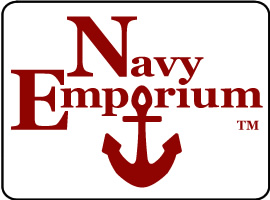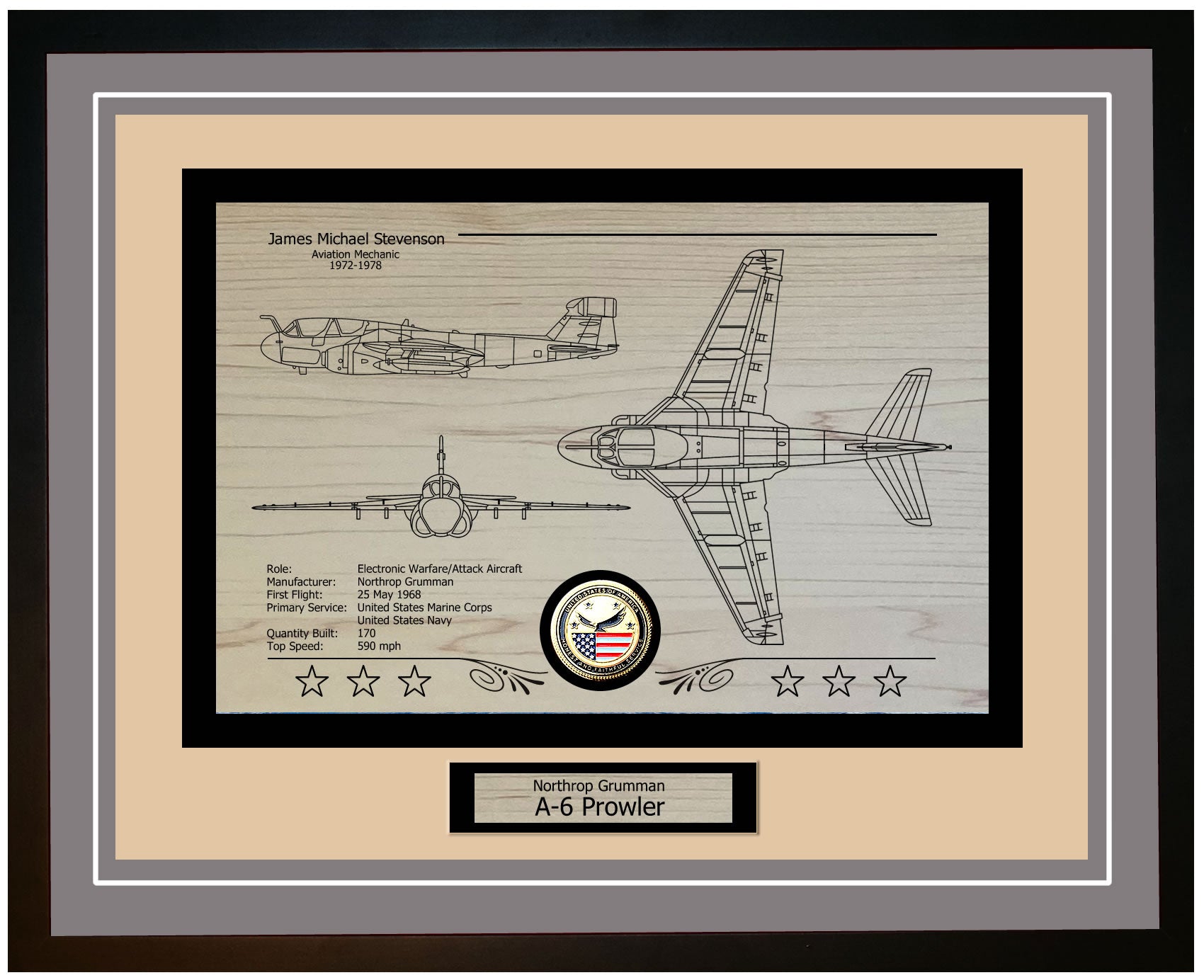The USS Randall (APA 224) was a Haskell-class attack transport built during World War II. Constructed by the Permanente Metals Corporation at Yard No. 2 in Richmond, California, the ship's construction began on September 15, 1944, and it was launched on November 15, 1944, before being commissioned on December 12, 1944. The Haskell-class ships were designed as versions of the Victory ship to transport troops and their equipment to and from combat zones. The USS Randall's construction was part of an effort to swiftly enhance the U.S. Navy's capabilities to support large-scale amphibious operations.
The ship was named after Randall County, Texas, following the tradition of naming attack transports after counties in the United States. This practice aimed to create a sense of connection and pride among Americans by linking Navy efforts with local communities. Randall County was named after Horace Randal, a Confederate brigadier general, adding significance to the ship's name. The USS Randall honored the county and its namesake while serving as a floating tribute.
The USS Randall stood out for its construction and adaptability. As a Haskell-class vessel, it was equipped with various landing crafts, such as LCVPs (Landing Craft, Vehicle, Personnel) and LCMs (Landing Craft, Mechanized), for deploying troops and equipment onto enemy shores. The ship also had facilities, cargo storage areas, and accommodations for soldiers, making it self-sufficient and capable of supporting long missions. Known for their speed and agility, the Haskell-class ships played a vital role in amphibious warfare.
The USS Randall's impact on U.S. Navy history was significant due to its involvement in operations during and after World War II. The vessel contributed to assaults that were pivotal to the Allied victory in the Pacific Theater. After the war, the USS Randall continued its service by participating in tasks such as Japan's occupation and repatriating troops. Its role extended into the Cold War era as it adapted to meet evolving demands in a rapidly changing global landscape.
Belonging to the Haskell-class group of attack transports, these ships were specifically designed for warfare needs. They were constructed to ferry troops, gear, and supplies to battle zones and provide assistance during landings. The main objective of the Haskell-class vessels was to enable effective force deployment, which was vital for the Pacific island-hopping campaigns. Their design focused on adaptability, speed, and self-sufficiency, positioning them as assets in U.S. Navy operations.
Launched into service on December 12, 1944, the USS Randall swiftly became a key player in the U.S. Navy's Pacific endeavors. Its commissioning marked the beginning of its duty, involving participation in World War II missions during the later stages of the conflict. The crew of the USS Randall, like those aboard other Haskell-class ships, underwent rigorous training to handle the intricate tasks inherent in amphibious warfare. This training encompassed not only challenges linked to landing operations but also logistical and medical support essential for sustaining troops in combat. The launch of the USS Randall marked an improvement in the U.S. Navy's capabilities during a crucial phase of the conflict.
Steel Sentinel: Unveiling the Structure, Technology, and Armament of USS Randall APA-224
The USS Randall (APA 224) served as a Haskell-class attack transport ship during World War II. These ships were specifically designed to ferry troops and their gear to and from the battlefield. Haskell-class vessels were constructed using the hulls of Victory ships, providing a solid foundation for demanding missions. Measuring 455 feet long, 62 feet wide, and with a draft of 24 feet, the USS Randall had ample space to transport troops, vehicles, and supplies for amphibious assaults. Its robust structure was engineered to endure combat conditions and rough seas, ensuring efficiency across various terrains.
In terms of technology, the USS Randall boasted advanced navigation and communication systems for its era. Equipped with radar and sonar capabilities, the ship could effectively detect enemy vessels and submarines while navigating waters. The onboard communication systems facilitated coordination with fleet vessels and ground forces during maneuvers, playing a crucial role in the success of military operations and safeguarding the ship and its crew.
Regarding weaponry, the USS Randall was equipped with various arms to defend against threats from both air and surface. Its main armament featured a 5-inch/38 caliber gun for engaging both aerial and surface targets. The ship also had 40mm and 20mm anti-aircraft guns for defense against enemy aircraft. These weapons were operated by trained crews ready to counter any threat, ensuring the ship's ability to protect itself and its valuable cargo during operations.
Apart from armaments, the USS Randall carried equipment to support amphibious assaults. This included landing craft like LCVPs (Landing Craft, Vehicle, Personnel) and LCMs (Landing Craft, Mechanized), used for transporting troops and equipment from the ship to the shore. These landing craft were vital for deploying forces during missions, enabling the USS Randall to play a significant role in various campaigns.
The USS Randall was an asset to the U.S. Navy in World War II, thanks to its design, advanced technology, and diverse range of weaponry.
USS Randall APA-224 Crew Member Reports of Time Aboard
The USS Randall (APA-224) holds a special place in the hearts of its former crew members, as evidenced by the memories shared in its guestbook. These recollections paint a vivid picture of life aboard the ship during the early 1950s, highlighting the camaraderie and experiences that defined their service.
Henry Edwards, who served as a Hospital Corpsman Third Class (HM-3) in 1954, reflects on his time aboard the USS Randall with a sense of nostalgia and a desire to reconnect with old friends. Now residing in North Carolina, Henry has built a large family, including three children, six grandchildren, and seven great-grandchildren. Despite the passage of time, he fondly remembers his shipmates, specifically mentioning Jimmy Dean Hobbs from Forum, Arkansas. His post underscores the lasting bonds formed during their service and his hope to rekindle those connections.
Albert Ingalls, who served as a Radioman Second Class (RM2) from 1951 to early 1955, shares his journey from boot camp in Newport, Rhode Island, to radio school at Norfolk, Virginia, before boarding the USS Randall in June 1951. Albert's memories are filled with appreciation for the ship, its crew, and the voyages they undertook together. His service aboard the Randall was marked by a strong sense of camaraderie and mutual respect among the crew members, which he cherishes to this day.
These shared memories from Henry Edwards and Albert Ingalls provide a glimpse into the life aboard the USS Randall (APA-224) during the 1950s. Their stories highlight the enduring friendships and the sense of community that were integral to their naval service.
USS Randall APA-224: Evolution of a Naval Workhorse and Its Legacy in Maritime Operations
The USS Randall (APA 224) underwent upgrades throughout its years of service, ensuring it remained an asset for the U.S. Navy. Originally put into service in 1944, this ship belonged to the Haskell-class attack transports, designed to transport troops and equipment to shore. Over time, the USS Randall saw improvements in its navigation and communication systems, crucial for maintaining efficiency and coordination during amphibious operations. These enhancements included radar systems and upgraded radio equipment, enabling better situational awareness and more reliable communication with other vessels and command centers.
Regarding its mission capabilities, the USS Randall served as a sturdy platform for various military operations. Its main role involved transporting and deploying troops, vehicles, and supplies during assaults. Equipped with landing craft such as LCVPs (Landing Craft, Vehicle, Personnel) and LCMs (Landing Craft, Mechanized), the ship facilitated efficient offloading of personnel and equipment directly onto contested beaches. The USS Randall was also equipped with aircraft guns and other defensive armaments to safeguard against enemy threats from the air and sea during crucial missions.
The USS Randall contributed significantly to the fleet, particularly during World War II and the Korean War. In World War II, it played a role in operations such as the Okinawa invasion, where it transported troops and equipment to frontline positions. Its ability to deliver reinforcements directly to battlefields was essential for mission success. During the Korean War, the USS Randall participated in the Inchon landings, an assault that shifted the conflict in favor of United Nations forces. These operations underscored its importance to the U.S. Navy's warfare capabilities.
Beyond combat duties, the USS Randall also supported peacetime activities and humanitarian missions. It engaged in training exercises to prepare personnel for amphibious warfare challenges and took part in disaster relief efforts by providing aid and supplies to areas impacted by calamities. These missions showcased the ship's flexibility and the broader role of the U.S. Navy in advancing stability and aiding communities.
Overall, the enhancements, operational abilities, and support provided by the USS Randall highlight the flexibility and lasting significance of Haskell-class attack transports during mid-20th-century operations.
USS Randall APA-224: A Legacy of Valor and Service on the High Seas
The USS Randall (APA 224) played a significant role in important missions while serving with the United States Navy. Starting its service in 1944, the ship quickly found itself in the midst of World War II. One of its most memorable assignments was during the Battle of Okinawa, where it was responsible for transporting troops and essential equipment for the invasion. The efficient and safe delivery of cargo under challenging circumstances showcased the ship's design and the dedication of its crew.
After World War II, the Randall continued its service in the Pacific by participating in Japan's occupation and aiding in the repatriation of soldiers. During the Korean War, the USS Randall was again put into action, playing a crucial role in amphibious operations, including the well-known Inchon Landing in September 1950. This bold and strategically important operation helped shift the tide of the war in favor of United Nations forces. The Randall's contributions to transporting troops and providing support were key to accomplishing missions. Throughout the conflict, it remained an asset, ensuring that personnel and supplies reached their destinations as needed.
During its service, the USS Randall also took part in peacetime activities and training drills, contributing to the preparedness of the U.S. Navy and ensuring that its crew remained skilled in warfare tactics. With its adaptability and dependability, the ship played a vital role during the Cold War by addressing potential threats and emergencies. The USS Randall's history underscores the significance of maintaining a flexible presence.
The commendable service of the USS Randall did not go unnoticed. Both the ship and its crew received awards for their dedication, including the Navy Unit Commendation for their actions in the Korean War and several campaign medals recognizing their involvement in World War II and Korea. These accolades serve as a tribute to the valor of those who served on board, highlighting the ship's substantial contributions to fulfilling the goals of the U.S. Navy.
The enduring legacy of the USS Randall (APA 224) is one marked by dedication and unwavering commitment to duty.
USS Randall APA-224 Ship Specifications
| Specification | Details |
|---|---|
| Class | Haskell Class Attack Transport |
| Commissioned | December 16, 1944 |
| Displacement | 14,837 tons |
| Length | 455 feet |
| Beam | 62 feet |
| Draft | 24 feet |
| Speed | 17.7 knots |
| Complement | 56 Officers 480 Enlisted |






